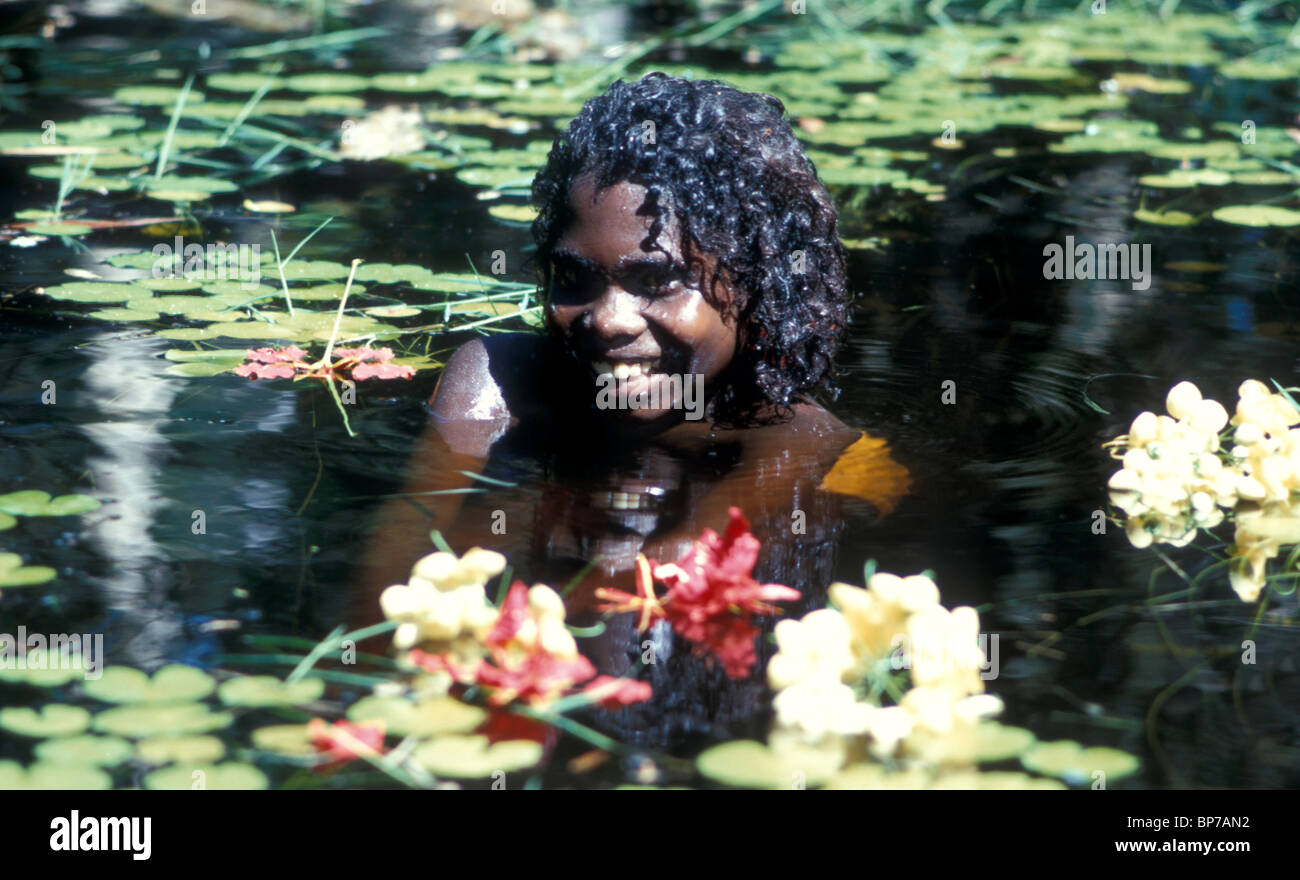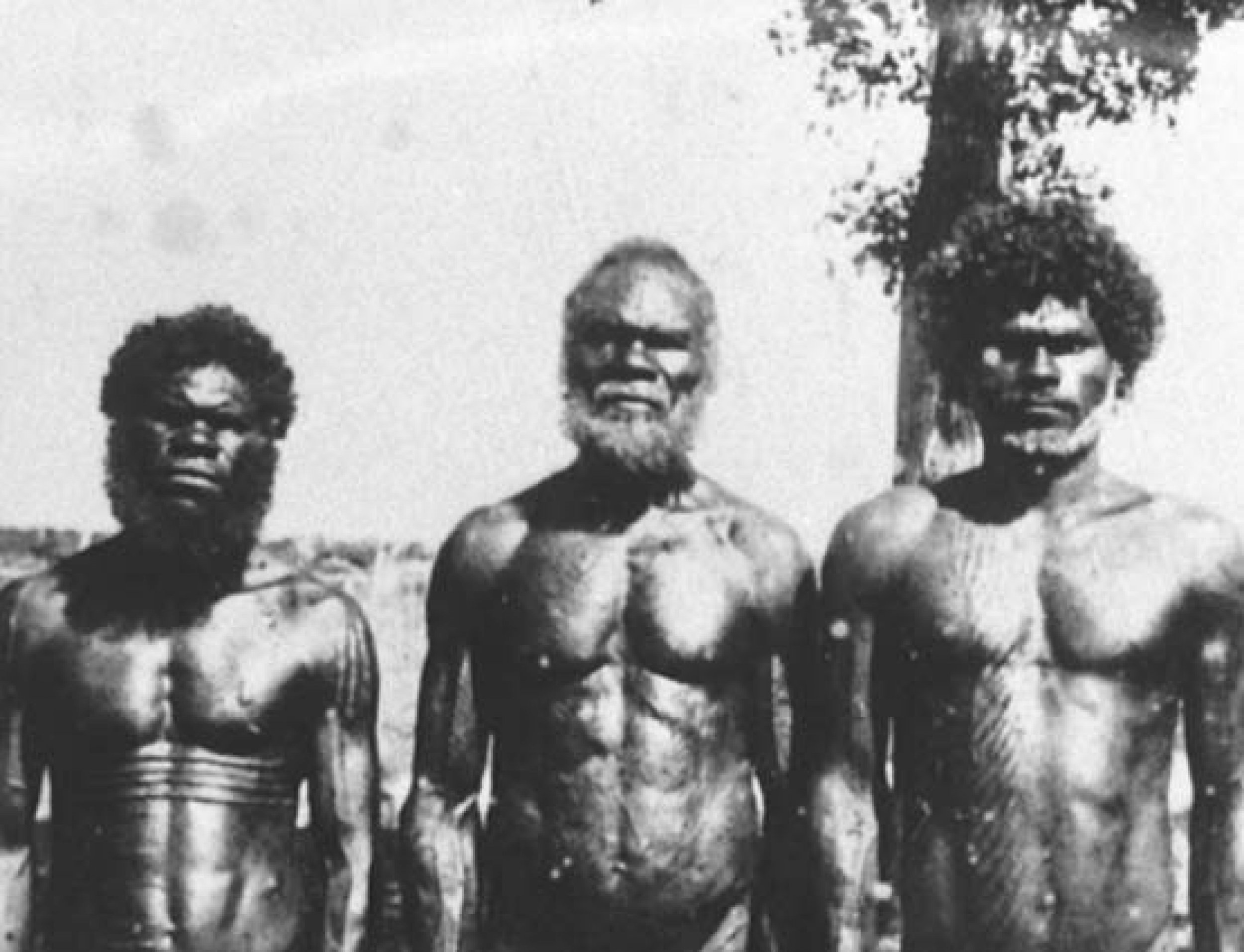The Complexities of "Full-Blooded" in Australia: Unpacking Identity and Ancestry
The Complexities of "Full-Blooded" in Australia: Unpacking Identity and Ancestry

The question of "full-blooded" Aboriginality in Australia is a complex one, steeped in history, culture, and the ongoing struggle for recognition and self-determination. It’s a question that often arises in online forums like Quora, reflecting a broader societal curiosity about Indigenous identity and the impact of colonization on Aboriginal Australians.
This article aims to unpack the complexities surrounding the term "full-blooded" and its relevance in contemporary Australia. It will delve into the historical context, explore the challenges of defining Aboriginality, and examine the evolving understanding of ancestry and identity in the 21st century.
Related Articles: The Complexities of "Full-Blooded" in Australia: Unpacking Identity and Ancestry
- A Taste Of The Outback: Exploring Australia’s Native Fruits
- Hopping Into Art: A Guide To Kangaroo Paintings
- The Symphony Of The Outback: Exploring The Sounds Of Australia’s Indigenous Instruments
- The Indigenous Peoples Of Victoria: A Tapestry Of Cultures And Traditions
- Unpacking The Stories Behind Aboriginal Australian Surnames: More Than Just Names
The Historical Context: A Legacy of Colonization
The concept of "full-blooded" originates from a colonial mindset that sought to categorize and control Indigenous populations. The British colonizers, upon arriving in Australia, viewed Aboriginal people as a separate and inferior race, imposing a system of racial classification that would have lasting consequences.
This system was rooted in the idea of blood purity, a concept that defined Aboriginality based on lineage and ancestry. The term "full-blooded" was used to distinguish those perceived as having a pure Aboriginal heritage from those considered "mixed-blood" or "half-caste," who were often marginalized further.
This classification system served to justify the dispossession and subjugation of Aboriginal people, shaping policies that aimed to assimilate them into European society. The Stolen Generations, where children were forcibly removed from their families, is a stark example of the devastating impact of these policies.
The Challenges of Defining Aboriginality
The concept of "full-blooded" is problematic for several reasons. Firstly, it implies a fixed and static notion of identity, ignoring the fluidity and complexity of Aboriginal culture and ancestry. Aboriginality is not a singular, monolithic entity but a diverse tapestry woven from countless language groups, traditions, and kinship systems.
Secondly, the term reinforces a colonial binary that divides people into distinct categories based on race. This binary ignores the reality of intermarriage and the complex genealogical histories that have shaped Aboriginal communities over generations.
Thirdly, the "full-blooded" label perpetuates the notion of a "pure" Aboriginal identity, which is inherently flawed. It ignores the reality of historical and ongoing intermarriage, the impact of colonization on Aboriginal communities, and the diverse ways in which Aboriginal people identify themselves.

Beyond "Full-Blooded": Embracing Complexity and Self-Determination
In contemporary Australia, the term "full-blooded" is increasingly seen as outdated and insensitive. The focus has shifted towards recognizing the diverse ways in which Aboriginal people identify themselves and their connection to their culture and heritage.
The concept of "Aboriginality" is now understood as a multifaceted and dynamic concept, shaped by individual experiences, cultural affiliations, and personal choices. This recognition acknowledges the reality of intermarriage, the ongoing impact of colonization, and the right of Aboriginal people to self-define their identity.
The Importance of Self-Identification
The most important aspect of understanding Aboriginal identity is recognizing the right of individuals to self-identify. The Australian government, through its policies and legislation, acknowledges the right of individuals to determine their own Aboriginality.

This means that an individual’s connection to Aboriginal culture and heritage is not determined by a fixed definition or blood quantum but by their own self-identification. This approach respects the diversity of Aboriginal experiences and the right of individuals to claim their heritage.
Moving Forward: Challenging Colonial Legacy and Embracing Diversity
The legacy of colonization continues to shape the understanding of Aboriginality in Australia. However, the growing awareness of the complexities and diversity of Aboriginal identity is paving the way for a more inclusive and respectful approach.
It is crucial to move beyond the outdated concept of "full-blooded" and embrace the fluidity and complexity of Aboriginal identity. This means recognizing the right of individuals to self-identify, celebrating the diversity of Aboriginal cultures and traditions, and working towards a future where Aboriginal people are recognized and respected for their unique contributions to Australian society.
FAQ: Understanding Aboriginal Identity in Australia

Q: What does it mean to be "Aboriginal" in Australia?
A: Being Aboriginal in Australia is a multifaceted and complex concept that goes beyond blood quantum or ancestry. It is defined by an individual’s connection to their culture, heritage, and community. This connection can be expressed through language, traditions, kinship ties, and a sense of belonging to a particular Aboriginal nation or group.
Q: Is there a specific blood quantum required to be considered Aboriginal?
A: No, there is no specific blood quantum or lineage requirement for Aboriginal identification in Australia. The Australian government recognizes the right of individuals to self-identify as Aboriginal based on their own understanding of their heritage and connection to Aboriginal culture.
Q: What is the difference between "Indigenous" and "Aboriginal"?
A: The terms "Indigenous" and "Aboriginal" are often used interchangeably in Australia. However, "Aboriginal" specifically refers to the Indigenous people of mainland Australia, while "Indigenous" encompasses all of the original inhabitants of the country, including Torres Strait Islanders.
Q: How can I learn more about Aboriginal culture and history?
A: There are many resources available to learn more about Aboriginal culture and history. You can visit museums and art galleries, read books and articles, attend cultural events, and engage with Aboriginal communities and organizations. It is important to approach this learning with respect and humility, recognizing the ongoing impact of colonization on Aboriginal people.
Q: How can I support Aboriginal self-determination and reconciliation?
A: You can support Aboriginal self-determination and reconciliation by educating yourself about Aboriginal history and culture, challenging stereotypes and racism, supporting Aboriginal businesses and organizations, and advocating for policies that promote equality and justice for Aboriginal people.
Conclusion
The question of "full-blooded" Aboriginality in Australia is a relic of a colonial past that sought to categorize and control Indigenous people. In contemporary Australia, the focus has shifted towards recognizing the diverse ways in which Aboriginal people identify themselves and their connection to their culture and heritage. Embracing the complexity and fluidity of Aboriginal identity, acknowledging the right to self-identification, and challenging the legacy of colonization are crucial steps towards a more inclusive and equitable future for all Australians.

Closure
Thus, we hope this article has provided valuable insights into The Complexities of "Full-Blooded" in Australia: Unpacking Identity and Ancestry. We appreciate your attention to our article. See you in our next article!


